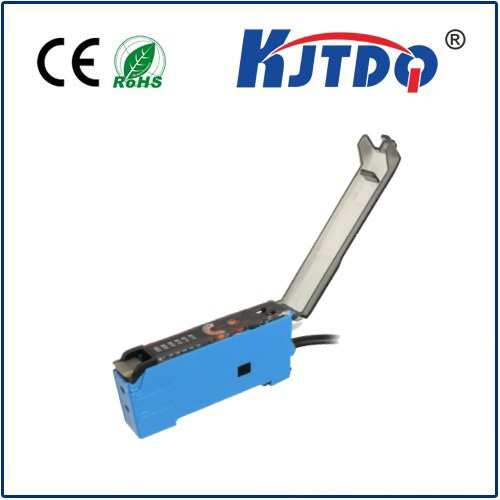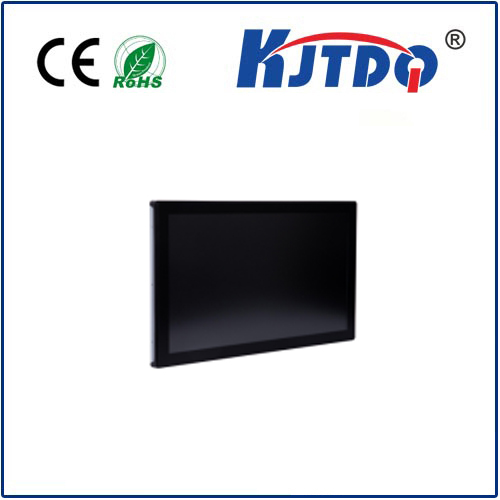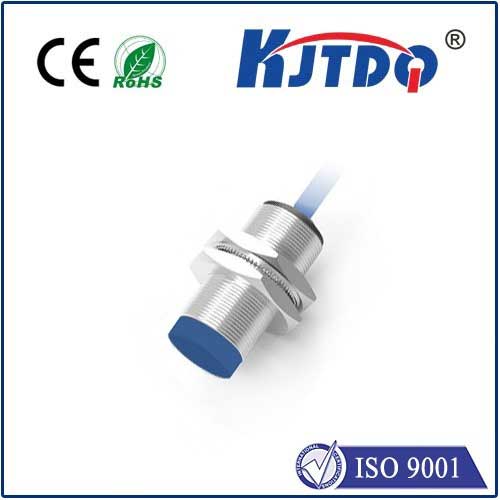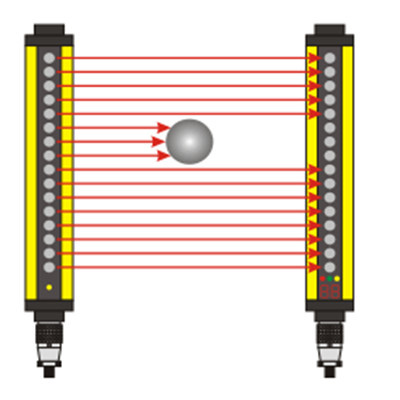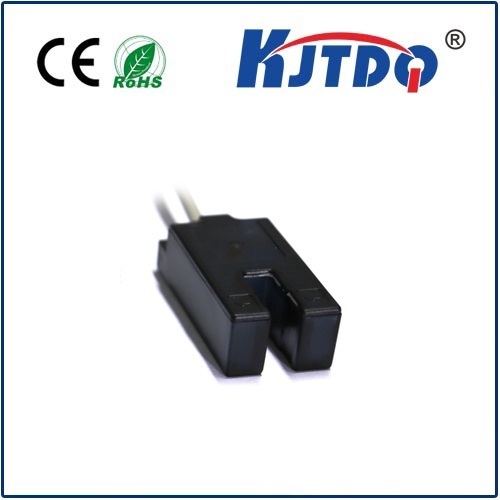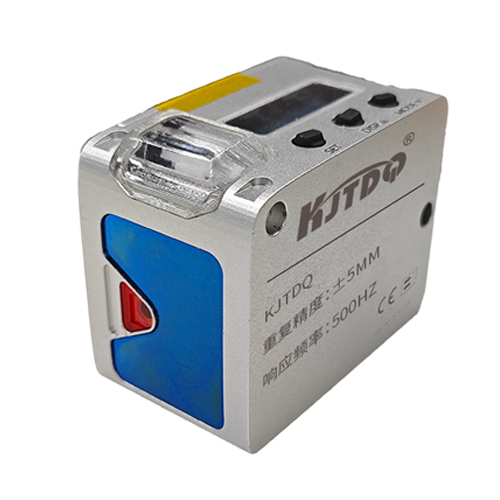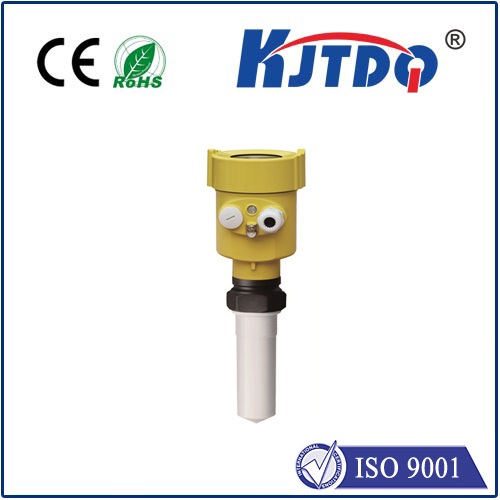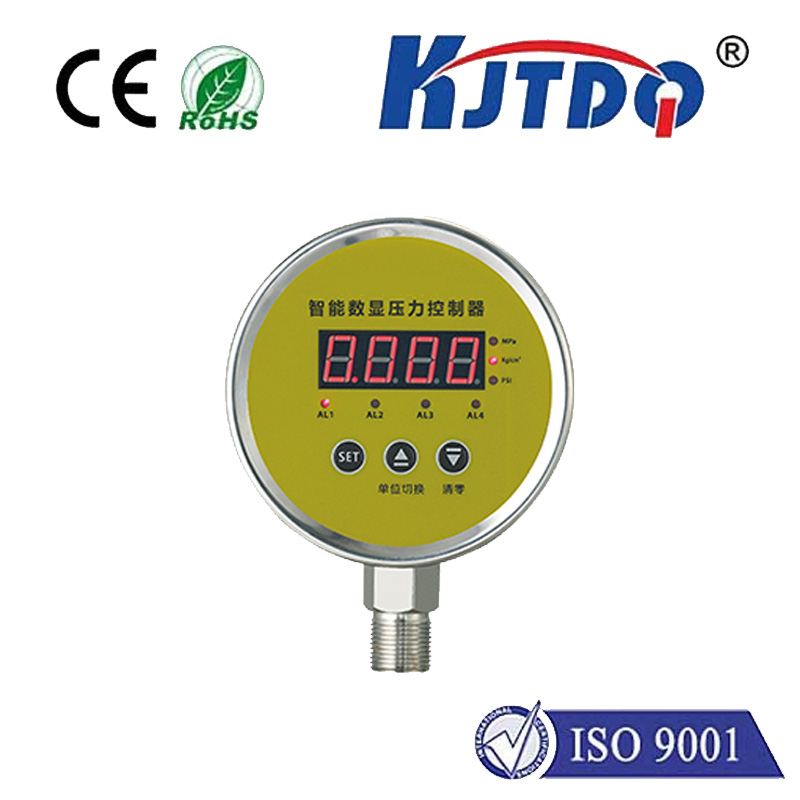hall effect limit switch
- time:2025-08-03 02:41:32
- Click:0
Hall Effect Limit Switches: Precision Position Detection Without Physical Wear
Imagine a critical point in your production line where a robotic arm must stop moving exactly here to pick up a component. Or a CNC machine where the cutting tool must reverse direction precisely at this limit. Traditional mechanical limit switches, with their physical arms or plungers, were the standard for decades. But what if that physical contact point, prone to wear, contamination failure, and bounce, could be eliminated? Enter the Hall Effect Limit Switch, a robust, non-contact champion revolutionizing precise position sensing in demanding environments.
What is a Hall Effect Limit Switch?
At its core, a Hall effect limit switch leverages the foundational principles of the Hall Effect. Discovered by Edwin Hall in 1879, this phenomenon describes the generation of a voltage difference (the Hall voltage) across an electrical conductor when it’s placed perpendicular to both an electric current flowing through it and an external magnetic field. Crucially, the strength and polarity of this generated voltage are directly proportional to the strength and direction of the magnetic field.
A Hall effect limit switch capitalizes on this physics. It consists of two primary components:

- The Sensor Package: This houses the Hall effect IC (Integrated Circuit), typically mounted within a rugged enclosure designed for industrial use. The IC generates the Hall voltage in response to magnetic fields.
- The Magnet: This is the actuator. It’s usually embedded within a target or moving part whose position needs detection.
How Does it Work? Simple Proximity, Sophisticated Sensing
The operation is elegantly non-contact:
- Movement: The magnet approaches the sensor along the desired actuation path (e.g., on a moving machine part).
- Field Interaction: As the magnet nears the sensor, its magnetic field strength increases at the location of the Hall element inside the sensor.
- Threshold Detection: The Hall effect IC doesn’t output a raw analog voltage. Instead, it contains sophisticated circuitry. When the magnetic field strength surpasses a predefined operate point (BOP), the IC’s internal digital output transistor switches state – typically from “off” (open circuit/high impedance) to “on” (closed circuit/low impedance), or vice-versa depending on configuration.
- Signal Transmission: This abrupt electronic switching provides a clean, unambiguous signal (like a discrete ON/OFF) to the machine’s control system (PLC, CNC controller, etc.), indicating the target has reached the limit position.
- Release: As the magnet moves away, the magnetic field strength drops below a predefined release point (BRP). The difference between BOP and BRP is called Hysteresis, a crucial feature preventing signal bounce or chatter if the magnet stops precisely at the threshold. The IC’s output reverts to its original state only when the field weakens sufficiently below BOP.
Why Choose Hall Effect Limit Switches? Compelling Advantages
The shift from mechanical to solid-state Hall effect limit switches brings significant operational benefits, especially where reliability and longevity are paramount:
- True Non-Contact Operation: The absence of moving parts in the sensor itself is paramount. There is no physical arm to bend, break, or jam. The sensor and magnet never touch, eliminating a major source of wear and failure present in traditional limit switches.
- Extreme Durability & Long Service Life: Free from mechanical wear and friction, Hall effect sensors boast exceptionally long operational lifespans, often measured in millions or even billions of cycles. This translates directly to reduced maintenance downtime and replacement costs.
- Immune to Contamination: The sensor package is typically sealed against dust, dirt, oil, coolant, and moisture. Since there’s no physical gap requiring penetration by an actuator arm, these sensors excel in dirty, wet, or washdown environments where mechanical switches quickly fail. Metal chips and swarf won’t jam them.
- High Repeatability & Precision: Solid-state switching provides consistent, bounce-free actuation at precisely defined positions. The defined hysteresis ensures clean, single transitions, eliminating false signals. This high repeatability is critical for precision machinery.
- Fast Response Times: The electronic switching inherent in Hall effect sensors operates at microsecond speeds, far exceeding the mechanical actuation and settling times of traditional switches. This enables high-speed applications.
- Resistance to Vibration & Shock: Their robust construction and lack of delicate moving parts make them inherently resistant to vibration and shock loads that can damage or misalign mechanical switches.
- Versatile Output Types: Available with PNP, NPN, or analog outputs, Hall effect switches easily integrate into diverse control systems. Digital versions offer the clean ON/OFF needed for reliable limit detection.
Where They Shine: Key Applications
Hall effect limit switches are indispensable across numerous industries demanding robust position sensing:
- Industrial Automation & Robotics: Ideal for end-of-arm tooling position detection, robot axis limits, conveyor positioning, and actuator stroke limits within automated cells.
- Machine Tools (CNC Mills, Lathes): Used for homing sequences, axis travel limits, tool changer positions, and spindle orientation detection. Their resistance to coolant and chips is critical.
- Material Handling: Detecting pallet positions, lift heights, gate/door open/close status, and crane limits in warehouses and distribution centers.
- Packaging Machinery: Ensuring precise positioning of fillers, cappers, labelers, and case packers.
- Elevators & Escalators: Providing reliable position feedback for floor leveling and safety limits.
- Agricultural & Construction Equipment: Withstanding harsh outdoor environments, dust, mud, and vibration for implement position sensing and cab door/door interlocks.
- Medical Equipment: Used within cleanroom environments and devices requiring precise, reliable movement control without contamination risk.
- Automotive Manufacturing: Employed extensively on assembly lines for robotic guidance, fixture positioning, and component verification.
Selecting the Right Hall Effect Limit Switch: Key Considerations
Choosing the optimal switch requires attention to several factors:
- Operating Environment: Temperature range, exposure to chemicals/oil/water (IP/NEMA rating), presence of strong ambient magnetic fields?
- Electrical Requirements: Required supply voltage? Desired output type (PNP sourcing, NPN sinking, analog)? Output current capacity?
- Mounting & Magnet: How will the sensor be mounted? How and where will the magnet be attached to the moving target? What is the required sensing distance? (Note: Hall effect proximity sensing ranges are typically shorter than some inductive sensors but offer magnetic-only actuation).
- Output Configuration: Normally Open (NO), Normally Closed (NC), or configurable? Does the application need a latching switch (requires opposite pole magnet to release) or standard unipolar operation?
- Special Features: Do you need programmable switching points? Specific connector types? Integrated diagnostics? Hysteresis level critical for your application?
The Future is Solid-State and Contactless
For applications demanding uncompromising reliability, durability in harsh conditions, and precise, long-term position detection, Hall effect limit switches represent a superior alternative to traditional mechanical solutions. Their solid-state, non-contact design provides exceptional resistance to wear, contamination, and physical shock, significantly reducing costly downtime and maintenance burdens. From the relentless pace of an automotive assembly line to the precise movements of a CNC machine or the challenging conditions of agricultural equipment, Hall effect technology offers a robust, reliable foundation for essential limit switching tasks. As industries continue to push for greater automation efficiency and machine uptime, the adoption of this advanced






